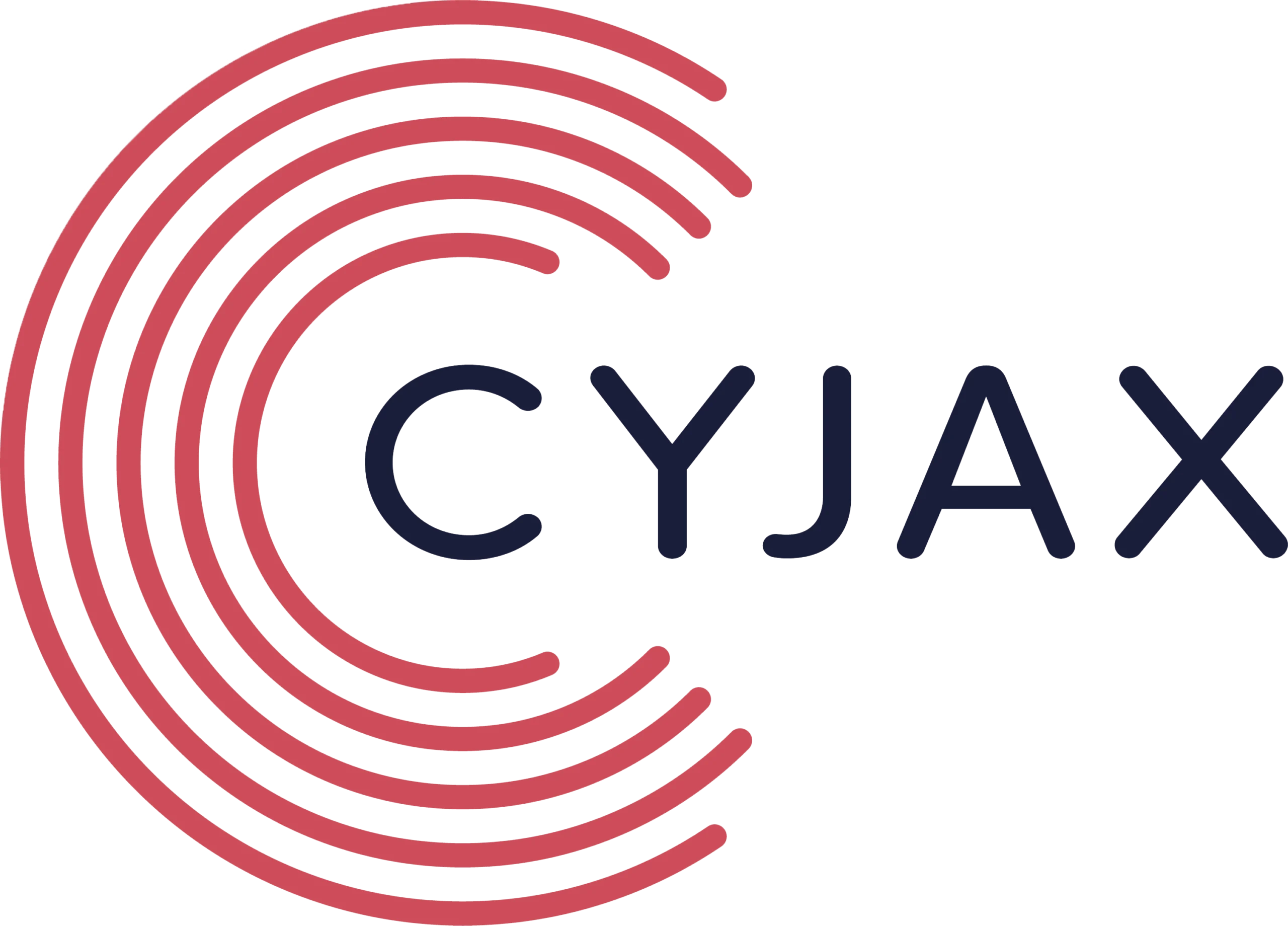As World Cup 2018 moves towards the latter stages, we have taken a look at the strategies – both physical and cyber – that the Russian state has implemented in its attempts to safeguard individual supporters who have travelled to the country, and companies involved in the tournament in some way.
So far, we have yet to see reports of any major violence, such as that seen in France during Euro 2016. Despite all the frankly hysterical warnings about Russian hooligans which the UK tabloid newspapers published in the run-up to the competition (see our third blog article in this series), there has been little trace of blood on the streets, and no mention of the dreaded ‘Ultras’ setting out to kill or maim England fans. The Russian security authorities must therefore be congratulated on mounting what has so far proved to be an exceptionally safe and well-organised experience for travelling supporters.
In the cyber sphere, it would appear that things have also been quiet, aside from a predictable spike in phishing campaigns before the competition began. We have seen no reports of companies involved in the sponsorship or staging of this year’s World Cup being targeted; nor have any @Anonymous-led operations been launched to coincide with the tournament. This provides an interesting contrast with the activities of hacktivists prior to and during the World Cup 2014, which took place in Brazil. Then, various individual hackers and hacker groups mounted several operations, such as #OpWorldCup, #OpHackingCup and #OpBrazil. They were motivated by issues which typically draw the attention of the @Anonymous collective: economic and social inequality, political corruption and human rights abuses.
What is interesting to note here is that there are also the same types of very well documented problems in Russia: these include high levels of poverty among the population, particularly outside Moscow and St Petersburg, and huge economic disparity with the oligarchs, government corruption, attacks on the media, murders of high-profile journalists and political dissidents, clampdowns on street protests, racism, and anti-gay discrimination. Such issues are all typically within the remit of @Anonymous-affiliated hacktivists worldwide: and yet, as we noted in our first article in this series, it was always unlikely that the Russian government or companies sponsoring the World Cup this year would be targeted.
Why has Russia escaped this time? We have listed no increase in credit card fraud targeting foreign visitors to the country; nor does there appear to have been any spike in ticket scams. Further, sponsoring companies have not reported any major attacks on their resources – at least not yet.
If we were to speculate on the reasons for this very peaceful atmosphere for World Cup 2018, we could come up with a host of possible explanations – some less fanciful than others. In the physical sphere, it is notable that security authorities have been out in force, and have been ordered by President Putin to clamp down hard on any possible incidences of hooliganism that would reflect badly on the country. This policy has undoubtedly been successful.
In the cyber sphere, however, things are much less clear. Have state-sponsored hacker groups been ordered to steer clear of companies associated with the competition and instead direct their attentions elsewhere while the eyes of the world are on Russia? Does the overall lack of cyber activity reinforce the Cambridge Analytica and Brexit scandals, where it is becoming clear that state actors have manipulated the social media sphere to influence politics? Has Moscow-inspired propaganda convinced potential hackers in some way that World Cup 2018 is taking place in a democratic country devoid of the human rights abuses and government corruption which usually draw their interest and lead to a wide range of attacks?
And finally, on a much lighter note, could all hell be let loose if Russia fails to lift the trophy?

